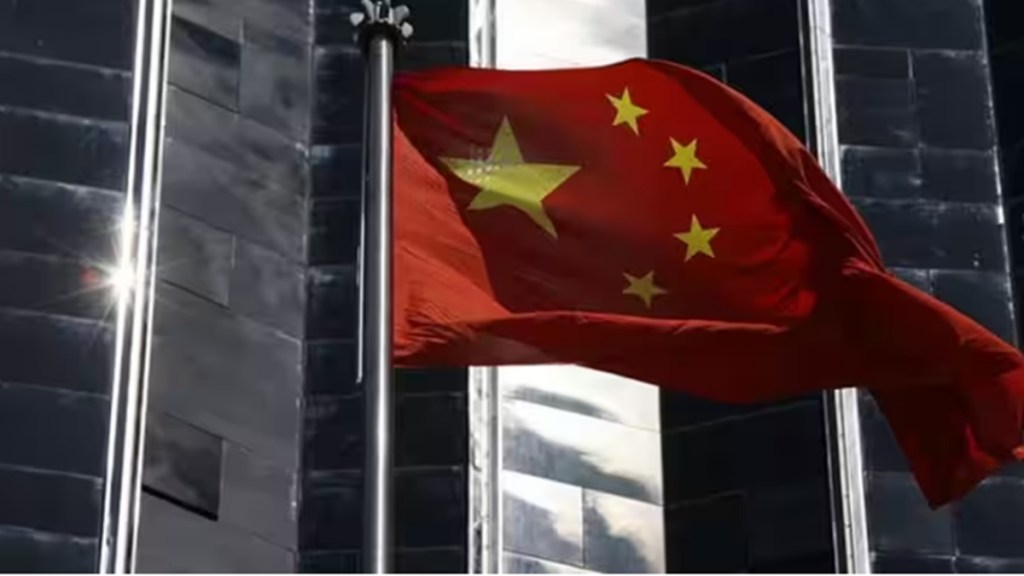By N Chandra Mohan
Global South is now the preferred description for developing countries 54 years after Eric Oglesby introduced this term when he wrote that centuries of northern dominance over such countries has converged to produce an intolerable social order. If a per capita income criterion of $15,000 is used to differentiate the north from the south, the latter represents 85% of the world’s population with a share of 39% in global GDP. Both China and India are part of this grouping and are vying to voice the concerns of the Global South in multilateral fora like the UN, WTO and G20. China seeks to ensure that developing countries are given more influence at the UN, including seats for Africa on an expanded Security Council. India ensured the admission of the African Union into the G20.
China and India’s stakes in the Global South are different. China seeks to mobilise these countries to ensure they remain more open to trade and investment from the mainland and to use their voting power in the UN and other organisations to challenge the US-led western order. India is not interested in leading an anti-west grouping but intends to use its growing economic heft to serve as a bridge between the Global South and Global North in addressing climate change, food and energy security, and public health emergencies like the Covid-19 pandemic. Although India is a founding member of the 62 year-old non-aligned movement, prime minister Narendra Modi recently stated that NAM has served its purpose and now India is a vishwa mitra, a friend of the world.
China, for its part, has assiduously cultivated the developing world for more than a decade with its cheque-book diplomacy and Belt and Road initiative which has fueled a serious backlash as many developing countries face debt distress. A couple of years ago at the UN, President Xi Jinping outlined the blue print of an alternative Sino-centric global order by proposing a Global Development Initiative to promote sustainable development, alleviate poverty and improve public health in the Global South. This was followed by a Global Security Initiative and Global Civilisation Initiative. Seventy countries have so far joined the GDI Grouping of Friends and 200 projects have borne fruit amplifying China’s influence on the global stage.
India obviously has a lot of catching up to do as it is acutely aware that China has gained much ground in the Global South. For the first time ever, the dragon exported more in the early part of this year to developing countries—proxied by countries that make up the BRI—than to the US, European Union and Japan according to the Financial Times. In sharp contrast, India exported less to developing countries in Latin America, Africa and South Asia (19.4 %) in April-June FY24 than to the US, EU and Japan (37%). This is also true if we take the UN’s list of developing countries as more representative of the Global South. India’s exports to 145 developing countries were 41.5 % of its total exports in the first quarter of this fiscal, implying a greater share for the Global North.
Sino-Indian rivalry for the Global South is most evident in Africa (and South Asia). Since the onset of the 21st century, their fast-globalising corporations have pushed into world’s poorest continent, motivated no doubt by their desire to secure access to oil and raw materials for their rapidly growing economies. But China has made far deeper inroads as its stock of FDI amounted to $ 44 billion which is 3-times larger than India’s investments of $14 billion in 2021 according to UNCTAD. China’s trade with Africa is also 3-times larger at $282 billion than India’s $97.8 billion in FY 23. India’s investments and trade are bound to grow manifold if it leverages the presence of 3 million-strong diaspora across 46 countries, especially in south and east Africa with trading linkages. This is the biggest advantage India has relative to China.
For deepening the Africa connection, the Indian government has a bigger role to play although it cannot match China in financing development and building infrastructure. It has extended concessional loans of $12.37 billion and completed 197 projects in the continent which range from drinking water schemes, irrigation, rural solar electrification, power plants and transmission lines to cement, sugar and textile factories, technology parks and railway infrastructure. Stepping up development cooperation is imperative to clear the decks for higher investments and trade volumes as an exemplar of south-south cooperation.
While China and India wave the flag of the Global South, their stance on several issues are not necessarily identical with the developing countries. Both nations have a common ground in not phasing out coal while developing countries bear the brunt of climate change. Although the global food crisis represented an opportunity for India to supply grain for the developing world, the government banned exports of wheat and rice. During the Covid-19 pandemic, it stepped up the supply of vaccines to the Global South but slowed down when domestic supplies ran short. But all of this does not stop their contending desire to lead developing countries.
The writer is an economics and business commentator based in New Delhi. Views are personal
